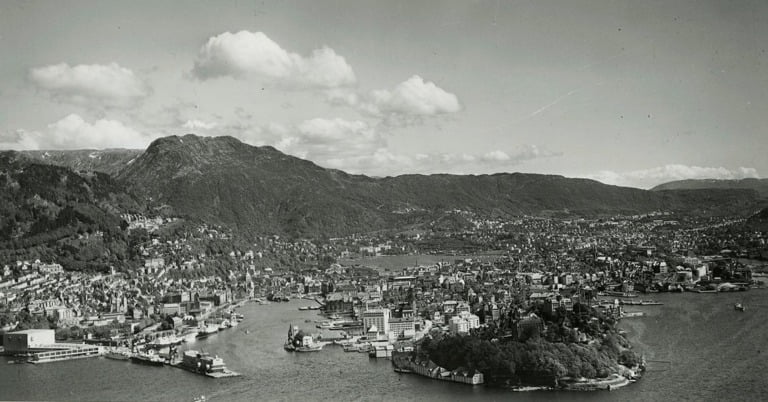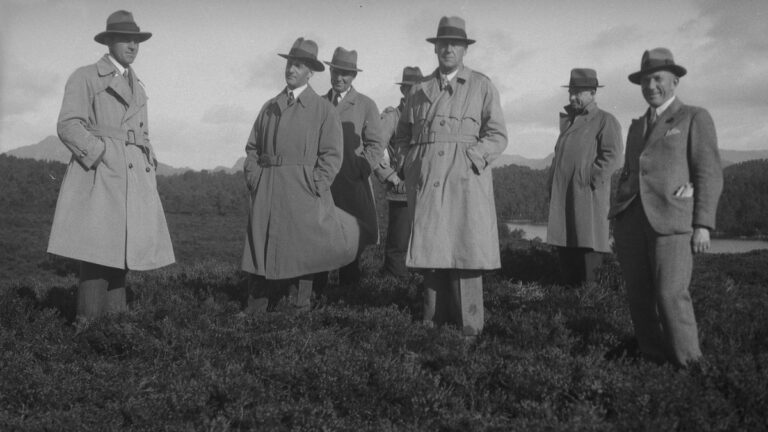Take a wander down memory lane with these historic photographs depicting Bergen life in the 1950s.
Today, Bergen is a thriving cultural hub and a gateway to the fjords. It's home to almost 300,000 people and a popular tourist destination. But things used to be quite different.

Bergen in the 1950s was a city of resilience and charm, shaped by its maritime heritage and post-war recovery. These archive photographs offer a fascinating glimpse into daily life, showcasing bustling markets, traditional wooden houses, and the city’s vibrant harbour.

As Norway’s gateway to the fjords, Bergen’s character was deeply tied to its seafaring traditions, but these images also reveal the warmth of its people and the rhythms of everyday life.

Whether you’re a history enthusiast or a lover of Bergen’s unique charm, these snapshots provide a window into a bygone era that continues to shape the city today.

I especially love these city shots. At first glance it appears not much is different. But take a closer look, and you'll notice so many differences from the Bergen of today.

For one thing, the lack of people in many of the images is stark. Modern Bergen is a bustling place, especially when visiting cruise ships are in dock.

Another difference? The fashions, of course!

These pictures also clearly demonstrate the importance of maritime industries to Bergen, something which is still very much present in the city today.

Fishing and maritime industries have long been the lifeblood of Bergen, shaping its economy and identity.

For centuries, the city thrived as a hub for Norway’s fisheries and shipping, exporting stockfish and other goods. Bergen’s bustling harbour remains a reminder of its rich seafaring heritage and enduring connection to the sea.

Of course, there were many other industries in Bergen in the 1950s. The gasworks at Professor Hansteens gate was an important employer.

Known internationally as West Norway Airlines, Vestlandske Luftfartsselskap was a Norwegian airline based in Bergen that initially provided taxi and ambulance flights using seaplanes, before expanding to scheduled services to Trondheim and Stavanger.

The airline primarily operated seaplanes from its base at Bergen Airport, Sandviken, and offered summer-only services along the West Coast.

Finally, this image taken from a Christmas celebration at Fridalen School rounds off our look at Bergen in the 1950s.


Tusen takk David, thar was very interesting!
Some facts i never heard before, when you walk around and know the old places Bergen becomes even more interesting and beautiful!
I just visited the sjøfartsmuseum, also amazing old pictures about the old verft area.
Thanks again and godt nyttår!